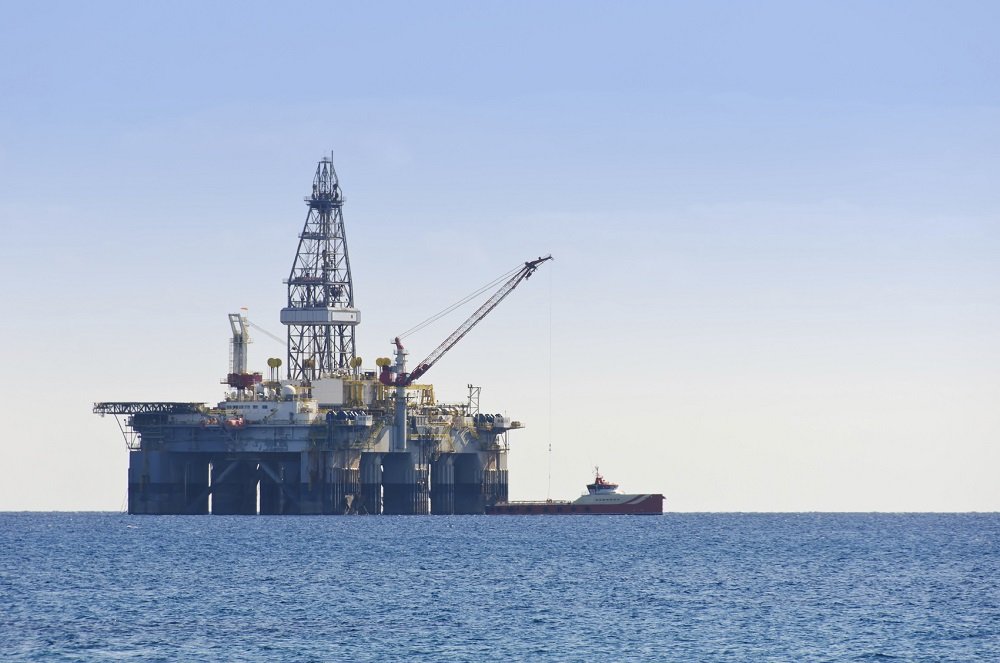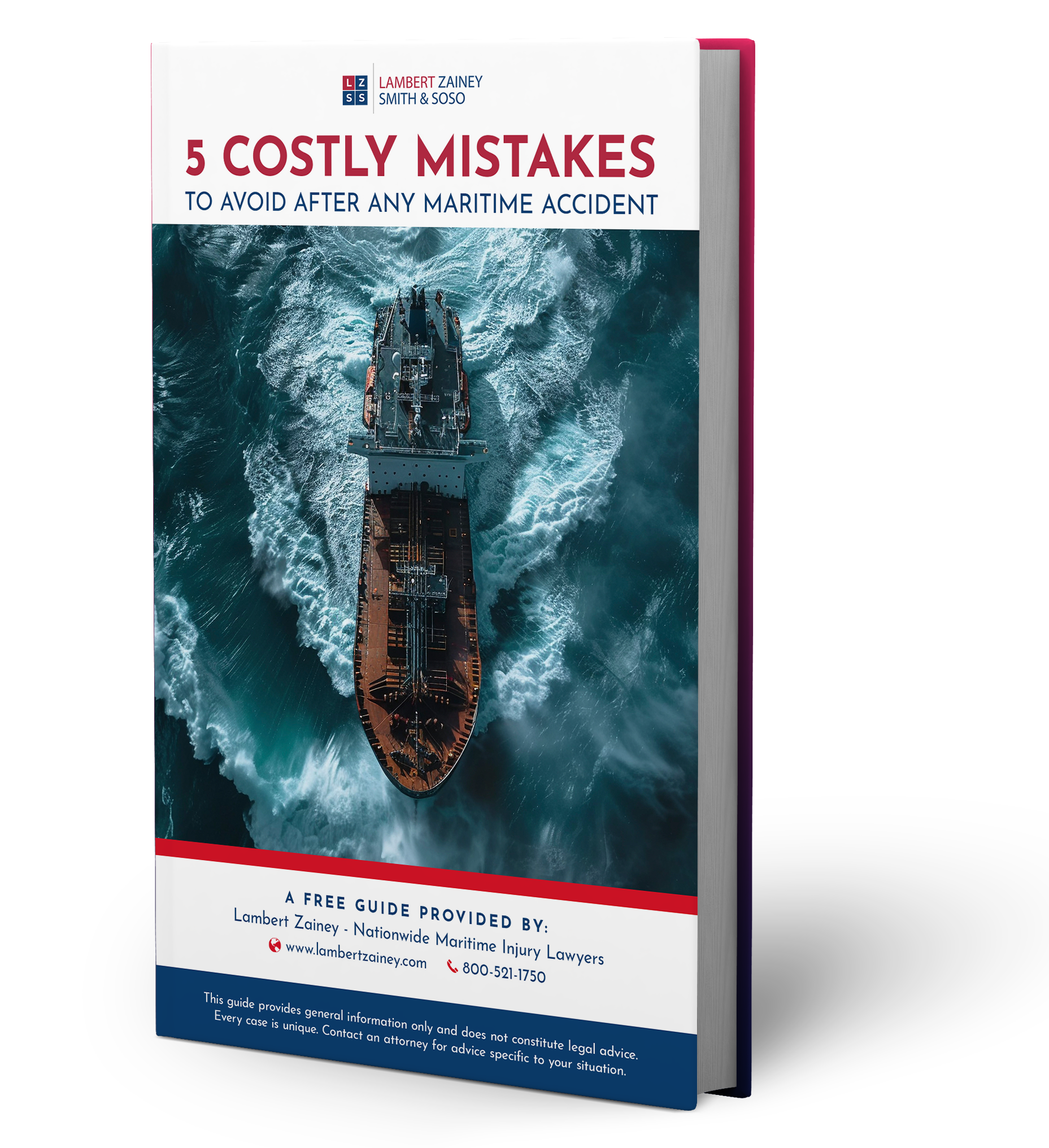Offshore oil production appears to be entering a boom cycle, which is great news for offshore workers’ job security.
Everyone who works in offshore oil knows that oil prices fluctuate according to supply, demand and politics. For the past few years, the industry has been in a slump thanks to low oil prices. Now the offshore oil industry appears to be rebounding, thanks to higher gas prices, changes in regulations and new technologies. This is good news for seamen and other maritime workers employed in the offshore oil industry.

Last November, U.S. oil production reached the highest level since 1970, pumping more than 10 million barrels of crude oil a day, according to the US Energy Information Administration (EIA). In addition to increased production in the Permian Basin, U.S. offshore wells have increased production by almost 220,000 barrels a day. This high rate of production has analysts predicting that the U.S. could become the world’s largest oil producer by the end of 2018, surpassing Saudi Arabia and Russia.
What does this new boom mean for the offshore industry?
The good news is that analysts at JP Morgan expect this uptrend to continue throughout all oil markets, citing the following reasons:
So, what are some of the reasons for the offshore oil boom?
Higher Oil Prices Spur New Exploration and Drilling
Higher oil prices mean more profits for oil companies, giving them an incentive to look for new places to drill. Locations that were previously too challenging and reserves that were too difficult to extract profitably are now getting a second consideration. Of course, the feasibility of continuing exploration for offshore oil deposits depends on the price of oil remaining high.
The Trump Administration Is Making It Easier to Drill Offshore
After the Deepwater Horizon disaster, the Obama administration placed new restrictions on drilling in the Gulf of Mexico. However, the Trump administration has made deregulating the oil industry a top priority. Department of the Interior secretary Ryan Zinke recently held the largest sale of leases in the Gulf of Mexico in history. Zinke has also worked to lower royalty rates on new deep water wells. In addition to the Gulf of Mexico, offshore drilling is also picking up in Southeast Asia and off the coast of Brazil.
Get Our FREE Guide to Protect Your Claim
What you do after an accident is critical. Insurance companies will try to get you to make mistakes that can hurt your claim. Our free guide can help you avoid these traps.
Download our complimentary guide: “5 Costly Mistakes to Avoid After Any Maritime Accident” to arm yourself with the knowledge you need to protect your rights.
Automation Is Going Offshore
Offshore oil and gas producers are using new technologies to reduce costs for offshore oil projects. While these efforts are still in the beginning stages, oil producers are working to incorporate artificial intelligence, robotics and predictive maintenance technologies into their projects. Oil producers hope to use new computer design and modeling programs to modularize rig components so that deep-water offshore developments can be pre-built and assembled in three to four years instead of the current seven to nine years and at a fraction of the cost.
As Production Increases so Does the Possibility of Accidents
No matter how well the market is doing, working offshore will always have its risks. When offshore workers are injured due to unsafe working conditions on a dock, vessel or oil rig, the Jones Act and other maritime laws give them the right to seek compensation for the damages caused by those injuries.
If you have been injured in an accident that was caused by unsafe conditions on an oil rig or an unseaworthy vessel or crew, Lambert Zainey is here to see you get the justice you deserve for your injuries. Call us today at (800) 521-1750 to schedule a free consultation with one of our experienced maritime injury attorneys. We’re eager to discuss your case, answer your legal questions and provide professional advice on how to proceed in your situation.
Offshore oil production appears to be entering a boom cycle, which is great news for offshore workers’ job security.
Everyone who works in offshore oil knows that oil prices fluctuate according to supply, demand and politics. For the past few years, the industry has been in a slump thanks to low oil prices. Now the offshore oil industry appears to be rebounding, thanks to higher gas prices, changes in regulations and new technologies. This is good news for seamen and other maritime workers employed in the offshore oil industry.

Last November, U.S. oil production reached the highest level since 1970, pumping more than 10 million barrels of crude oil a day, according to the US Energy Information Administration (EIA). In addition to increased production in the Permian Basin, U.S. offshore wells have increased production by almost 220,000 barrels a day. This high rate of production has analysts predicting that the U.S. could become the world’s largest oil producer by the end of 2018, surpassing Saudi Arabia and Russia.
What does this new boom mean for the offshore industry?
The good news is that analysts at JP Morgan expect this uptrend to continue throughout all oil markets, citing the following reasons:
So, what are some of the reasons for the offshore oil boom?
Higher Oil Prices Spur New Exploration and Drilling
Higher oil prices mean more profits for oil companies, giving them an incentive to look for new places to drill. Locations that were previously too challenging and reserves that were too difficult to extract profitably are now getting a second consideration. Of course, the feasibility of continuing exploration for offshore oil deposits depends on the price of oil remaining high.
The Trump Administration Is Making It Easier to Drill Offshore
After the Deepwater Horizon disaster, the Obama administration placed new restrictions on drilling in the Gulf of Mexico. However, the Trump administration has made deregulating the oil industry a top priority. Department of the Interior secretary Ryan Zinke recently held the largest sale of leases in the Gulf of Mexico in history. Zinke has also worked to lower royalty rates on new deep water wells. In addition to the Gulf of Mexico, offshore drilling is also picking up in Southeast Asia and off the coast of Brazil.
Get Our FREE Guide to Protect Your Claim
What you do after an accident is critical. Insurance companies will try to get you to make mistakes that can hurt your claim. Our free guide can help you avoid these traps.
Download our complimentary guide: “5 Costly Mistakes to Avoid After Any Maritime Accident” to arm yourself with the knowledge you need to protect your rights.
Automation Is Going Offshore
Offshore oil and gas producers are using new technologies to reduce costs for offshore oil projects. While these efforts are still in the beginning stages, oil producers are working to incorporate artificial intelligence, robotics and predictive maintenance technologies into their projects. Oil producers hope to use new computer design and modeling programs to modularize rig components so that deep-water offshore developments can be pre-built and assembled in three to four years instead of the current seven to nine years and at a fraction of the cost.
As Production Increases so Does the Possibility of Accidents
No matter how well the market is doing, working offshore will always have its risks. When offshore workers are injured due to unsafe working conditions on a dock, vessel or oil rig, the Jones Act and other maritime laws give them the right to seek compensation for the damages caused by those injuries.
If you have been injured in an accident that was caused by unsafe conditions on an oil rig or an unseaworthy vessel or crew, Lambert Zainey is here to see you get the justice you deserve for your injuries. Call us today at (800) 521-1750 to schedule a free consultation with one of our experienced maritime injury attorneys. We’re eager to discuss your case, answer your legal questions and provide professional advice on how to proceed in your situation.








